13 Colonies Blank Worksheet
Are you a history buff or a student studying the 13 colonies? If so, we have just the resource for you! Our 13 Colonies Blank Worksheet is the perfect tool to test your knowledge and enhance your understanding of this pivotal period in American history. With this worksheet, you will have the opportunity to engage with key concepts and facts, as you fill in the missing details about each colony.
Table of Images 👆
More Other Worksheets
Kindergarten Worksheet My RoomSpanish Verb Worksheets
Cooking Vocabulary Worksheet
DNA Code Worksheet
Meiosis Worksheet Answer Key
Art Handouts and Worksheets
7 Elements of Art Worksheets
All Amendment Worksheet
Symmetry Art Worksheets
Daily Meal Planning Worksheet
What were the 13 original colonies?
The 13 original colonies of the United States were Virginia, Massachusetts, New Hampshire, Maryland, Connecticut, Rhode Island, Delaware, North Carolina, South Carolina, New York, New Jersey, Pennsylvania, and Georgia.
Which European countries established colonies in North America?
Some of the European countries that established colonies in North America include Spain, England, France, and the Netherlands. These countries established colonies in areas such as present-day United States, Canada, and parts of the Caribbean.
What was the purpose of the colonies for the European powers?
The purpose of the colonies for European powers was primarily economic. Colonies provided access to new resources, markets, and opportunities for trade, allowing European nations to boost their wealth and power through exploitation of the colonies' natural and human resources. Additionally, colonies served strategic and geopolitical purposes, providing bases for military operations and securing dominance in global politics.
How did the geography of the colonies affect their development?
The geography of the colonies greatly influenced their development in various ways. For example, the New England colonies had rocky soil and a shorter growing season, which led to a focus on industries like fishing, shipbuilding, and trade. In contrast, the Southern colonies had fertile soil and a milder climate, enabling the cultivation of cash crops like tobacco, rice, and indigo. This geographic difference shaped their economies, social structures, and cultural practices, ultimately leading to distinct regional identities and ways of life in the colonies.
What were some major industries in the colonies?
Major industries in the colonies included agriculture (such as tobacco, rice, and indigo production in the Southern colonies), shipbuilding, fishing, fur trading, lumber, and textiles. Additionally, trade and commerce played a significant role in the colonial economy, with merchants and traders engaging in domestic and international business transactions.
How did the colonists interact with indigenous peoples?
The interactions between colonists and indigenous peoples varied greatly depending on the specific circumstances and individuals involved. Some colonists formed alliances and traded with indigenous groups, while others exploited and mistreated them through warfare, land theft, and forced assimilation. Overall, the interaction was often marked by conflict, cultural clashes, and power struggles as both groups sought to achieve their own goals and assert their dominance in the region.
What role did religion play in the development of the colonies?
Religion played a significant role in the development of the colonies as many settlers came to America seeking religious freedom and established their own communities based on their beliefs. Different colonies were founded by various religious groups, such as the Puritans in Massachusetts and the Quakers in Pennsylvania, which influenced their social, political, and economic structures. Religion also played a key role in shaping laws, education, and social norms in the colonies, leading to a diverse and complex religious landscape that continues to influence American society today.
What were some key events leading up to the American Revolution?
Some key events leading up to the American Revolution include the French and Indian War, which left Britain in a huge debt leading to increased taxation on the colonies through acts like the Stamp Act and the Townshend Acts. The Boston Massacre in 1770 and the Boston Tea Party in 1773 further fueled tensions between the colonies and Britain. The Intolerable Acts of 1774, which restricted colonial self-government, and the First Continental Congress in 1774 were also significant events that ultimately culminated in the outbreak of the American Revolution in 1775.
How did the colonies differ in terms of governance and administration?
The colonies differed in terms of governance and administration based on whether they were established as royal colonies, proprietary colonies, or self-governing colonies. Royal colonies were directly ruled by the British Crown through appointed governors and councils, with limited local autonomy. Proprietary colonies were owned and governed by individuals or groups who were granted colonial charters by the king, giving them more control over local affairs. Self-governing colonies, such as Connecticut and Rhode Island, were granted greater independence and had elected assemblies that played a significant role in governing. These variations in governance and administration led to differing levels of control and autonomy across the colonies.
What were some lasting legacies of the 13 colonies?
Some lasting legacies of the 13 colonies include the establishment of representative government and democratic principles, the development of a diverse population with a wide range of cultural influences, the cultivation of a strong entrepreneurial spirit and emphasis on individual freedoms and rights, as well as the foundation of the United States as a nation built on the ideals of liberty, equality, and opportunity for all.
Have something to share?
Who is Worksheeto?
At Worksheeto, we are committed to delivering an extensive and varied portfolio of superior quality worksheets, designed to address the educational demands of students, educators, and parents.

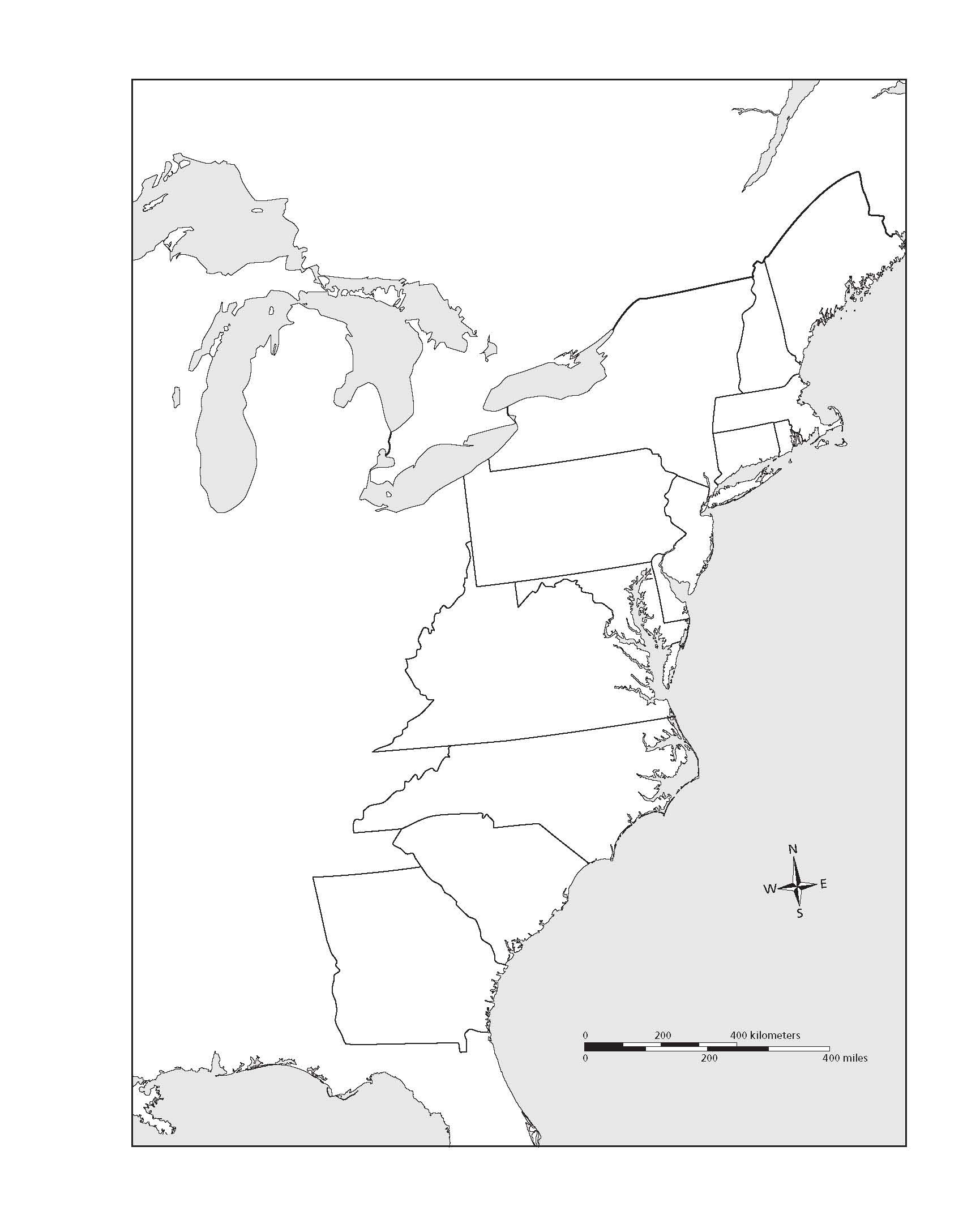



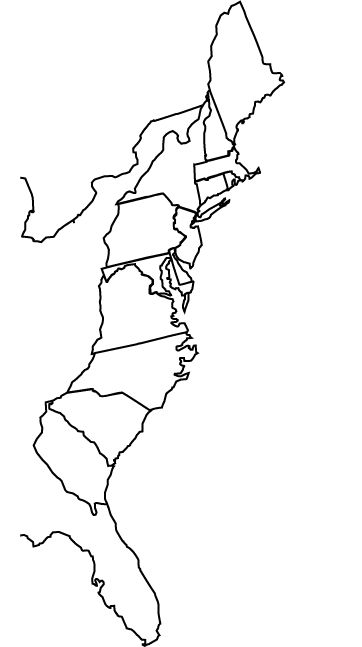
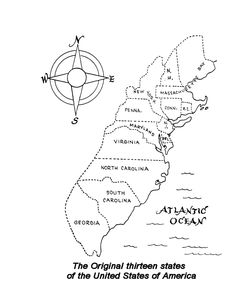
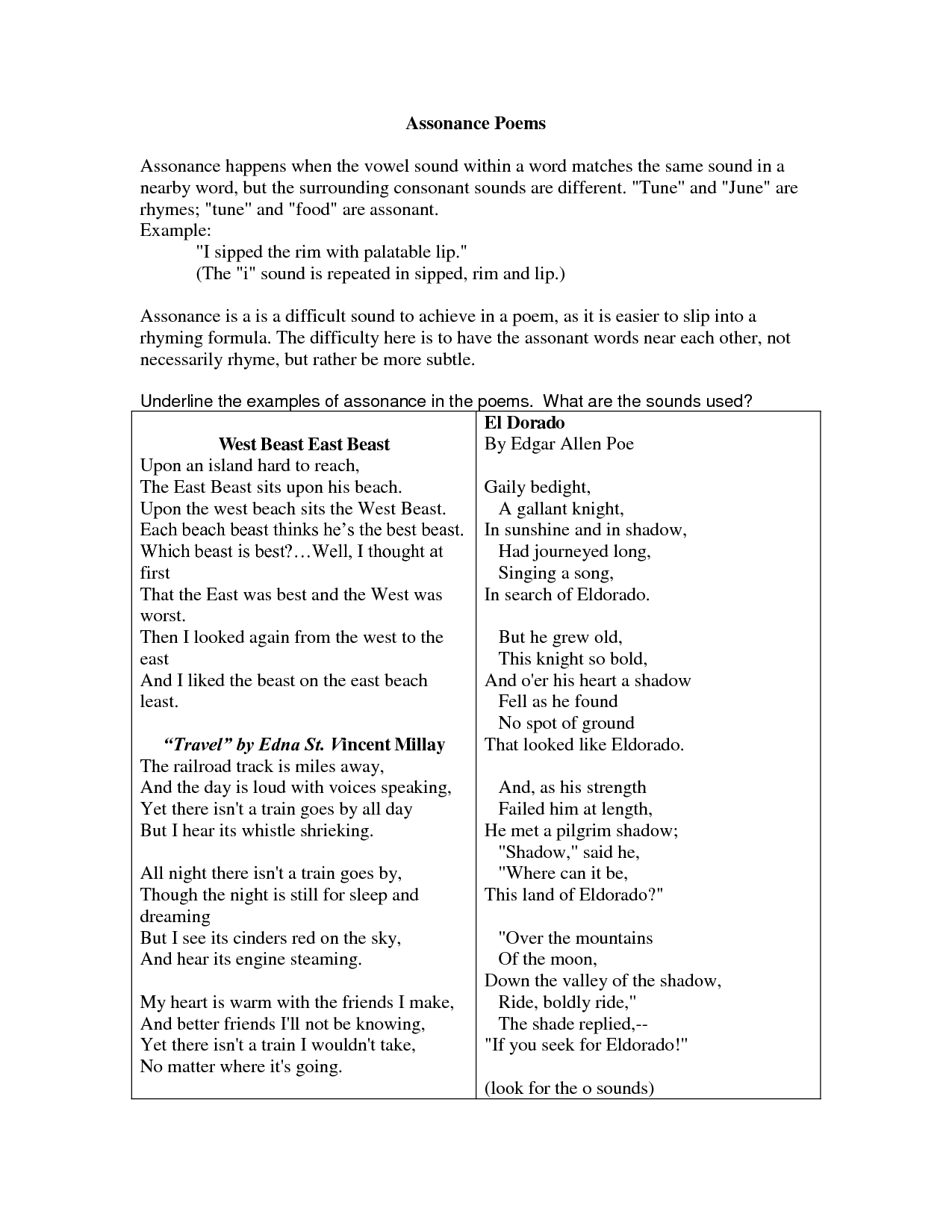
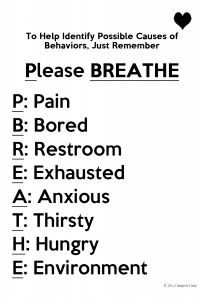














Comments